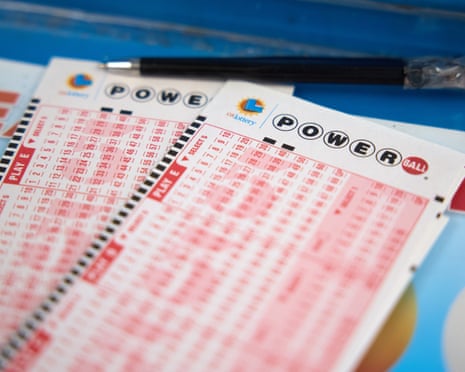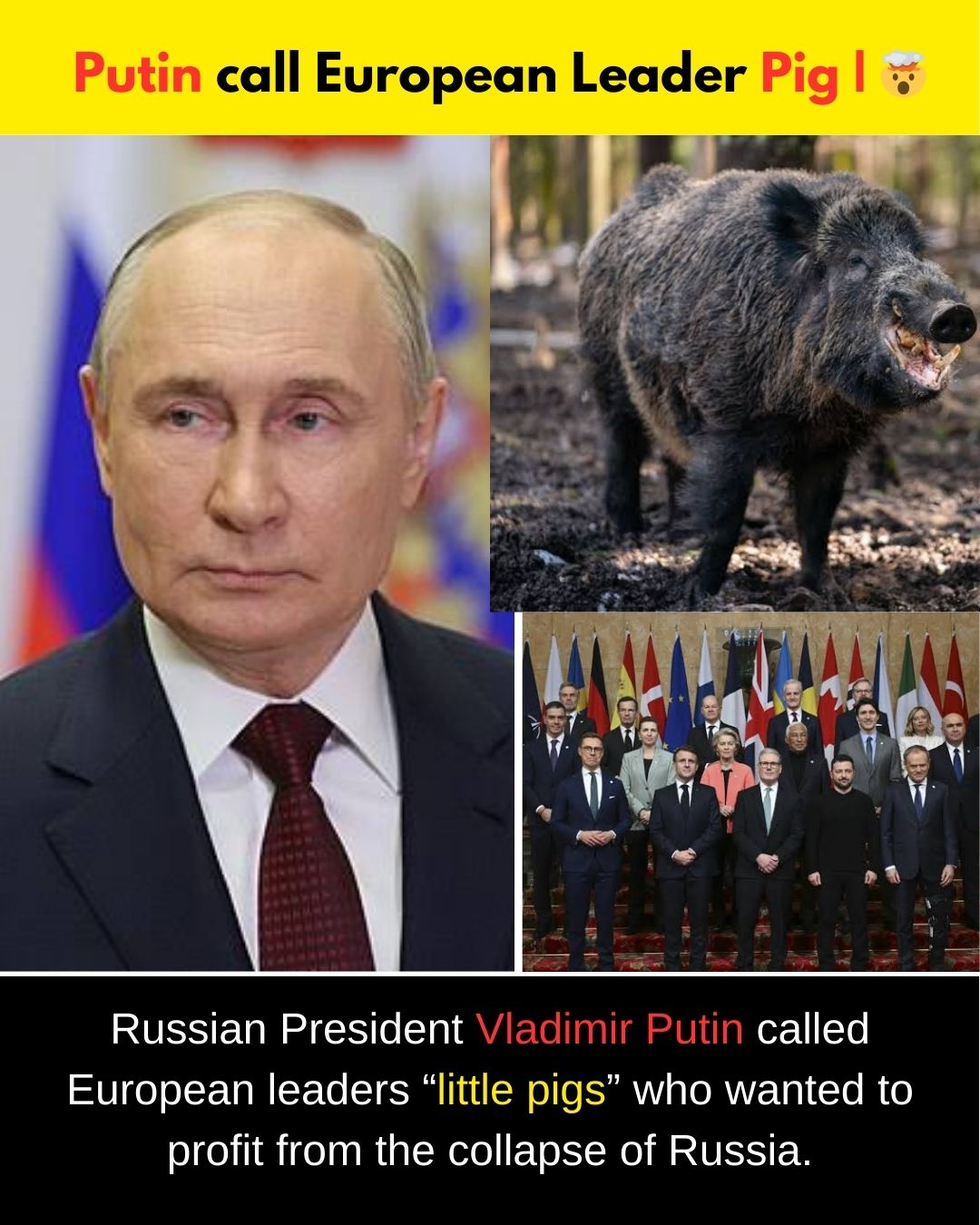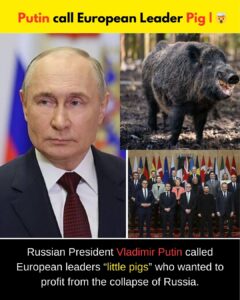Trump’s Military Parade Plan: A $45M Spectacle to Mark His Birthday and U.S. Army’s 250th Anniversary
Trump’s Military Parade Plan: A $45M Spectacle to Mark His Birthday and U.S. Army’s 250th Anniversary
When it comes to making a statement, few American presidents have embraced bold displays like Donald J. Trump. As he prepares to celebrate his 79th birthday on June 14, Trump has reportedly set his sights on an extravagant military parade in Washington, D.C., that could cost up to $45 million. This event, which also marks the 250th anniversary of the U.S. Army, is being described as one of the largest public military spectacles ever planned on U.S. soil.
Here’s a closer look at what’s known so far about the parade, the public response, the financial considerations, and why it has become such a controversial yet attention-grabbing topic.
A Celebration Fit for a Commander-in-Chief
Reports suggest the proposed parade will stretch from Arlington, Virginia, cross the Potomac River, and make its way into central Washington, D.C. It’s more than just a birthday celebration; it’s intended to be a grand tribute to the history and legacy of the United States Army, showcasing everything from Revolutionary War-era uniforms to modern combat vehicles.
The scale is unprecedented. Early drafts suggest more than 25 tanks, fighter jet flyovers, marching bands, and reenactments spanning over two centuries of military tradition. Trump is reportedly pitching the parade as a “powerful symbol of patriotism” that reflects the strength and unity of the American military.
The $45 Million Price Tag
The figure grabbing the most attention is the estimated cost, which could soar as high as $45 million. That number has sparked sharp debates, with critics labeling it wasteful and supporters defending it as a justifiable tribute to the armed forces.
President Trump reportedly brushed off concerns about the budget, referring to the cost as “peanuts compared to the value of doing it.” Supporters argue that the event would be a historic morale booster and a unique opportunity to highlight military service. Others view it as political theater funded by taxpayer dollars at a time when budgetary restraint is crucial.
Comparisons to Past Events
While military parades are common in countries like France, China, and Russia, they are rare in the United States. One of the most notable U.S. examples was the 1991 Gulf War Victory Parade, which cost roughly $12 million (about $25 million today, adjusted for inflation).
Trump’s parade, by comparison, would be more than just a celebration of a specific victory. It aims to be a comprehensive narrative of American military history—reaching from 1775 to 2025. This makes it more elaborate and, by consequence, more expensive.
Public Reaction: Mixed Emotions
Reaction across the country has been sharply divided.
-
Supporters see the parade as a way to honor the military and celebrate patriotism. Many veterans’ groups have cautiously welcomed the idea, saying it could shine a spotlight on military service—especially for younger generations who may not be as familiar with the sacrifices made by soldiers throughout history.
-
Critics, however, have raised concerns about the messaging, environmental impact (especially from moving heavy armor through city streets), and the use of federal funds for what they consider a politically motivated event. Some fear the optics may resemble authoritarian-style displays seen in other countries.
Environmental activists have also pointed out the carbon emissions of transporting tanks, jets, and troops for a one-day spectacle, especially given growing concerns about climate change.
Security and Logistics: A Monumental Task
Organizing an event of this scale in Washington, D.C. comes with enormous logistical challenges. Security would require coordination between the Secret Service, Capitol Police, Department of Defense, and local law enforcement. City streets would need to be closed, and contingency plans would have to be in place for public safety, emergency medical services, and crowd control.
Moreover, moving military hardware, especially tanks, is no simple task. These vehicles weigh tens of tons and can damage road infrastructure not designed for such loads. In 2018, during a similar event, some D.C. officials opposed allowing heavy armor on certain roads to avoid long-term damage.
What the Parade Represents Politically
Many political analysts believe the parade is as much about messaging as it is about military honor. With Trump currently involved in an active campaign cycle and facing ongoing legal battles and scrutiny, such a high-profile event could serve to rally his base and dominate headlines.
For Trump, who has long admired the Bastille Day parade in France and has called for similar displays in the U.S. since early in his presidency, the event aligns with his vision of projecting national pride and military might.
But opponents say it risks crossing a line, politicizing the armed forces in a way that undermines their nonpartisan role.
Could the Money Be Spent Elsewhere?
One of the most common criticisms is whether the funds could be better used elsewhere—supporting veteran services, military families, mental health care, or even modernizing outdated military housing and infrastructure.
Advocates argue that while celebrations are important, tangible support for active-duty personnel and veterans should always take precedence over pageantry.
Final Thoughts: Patriotism or Politics?
As the June 14 event approaches, the debate will likely intensify. Whether viewed as a necessary tribute or an unnecessary expense, there’s no denying the spectacle will capture national attention. For some, it’s a proud moment of remembrance and reflection. For others, it’s a costly and controversial display.
But beyond the politics, the event—if it goes forward—will serve as a powerful reminder of the U.S. military’s enduring legacy, the sacrifices made by generations of service members, and the complex role of patriotism in American public life.
Key Takeaways:
-
The parade is meant to honor both Trump’s 79th birthday and the 250th anniversary of the U.S. Army.
-
Estimated costs could reach $45 million, drawing both support and criticism.
-
The event may include 25+ tanks, jets, marching troops, and historical reenactments.
-
Public opinion is divided, with debates over cost, purpose, and impact.
-
The parade raises broader questions about national identity, military symbolism, and the role of spectacle in politics.
#TrumpParade #MilitaryParade #USArmy250 #WashingtonDCParade #TrumpNews #MilitarySpectacle #TankParade #June14Events #PatriotismOrPolitics #DefenseNews #VeteranVoices #WhiteHouseUpdates #AmericaStrong #USMilitaryHistory #PresidentialEvents #NationalCelebration
.jpeg)
.jpeg)










Post Comment